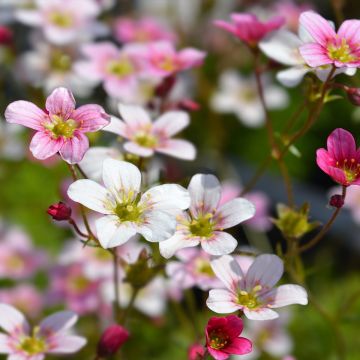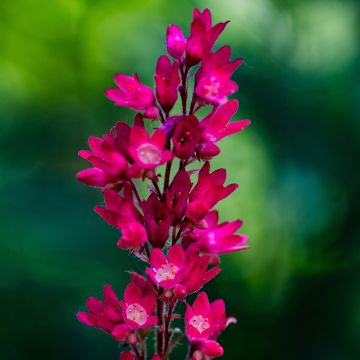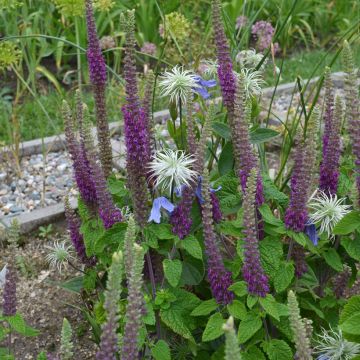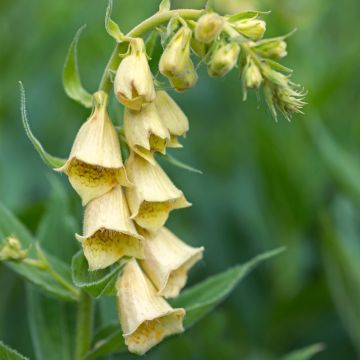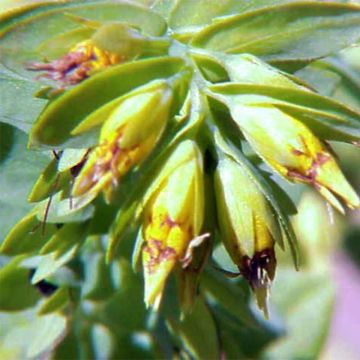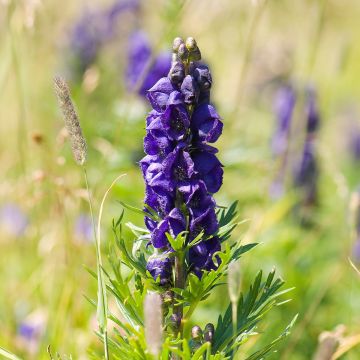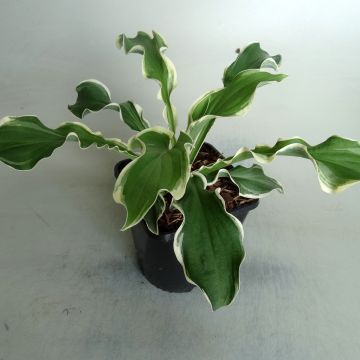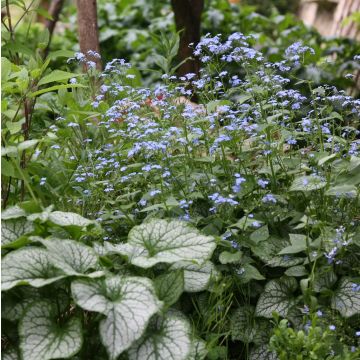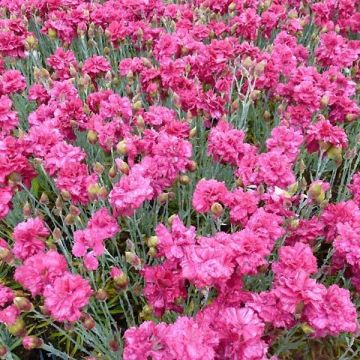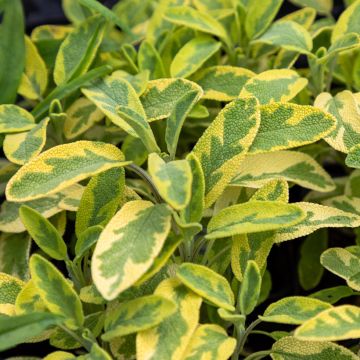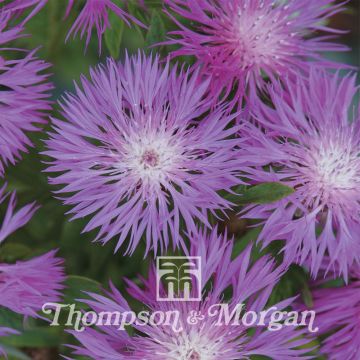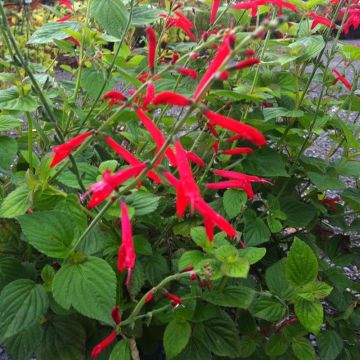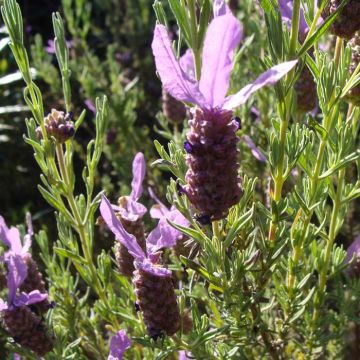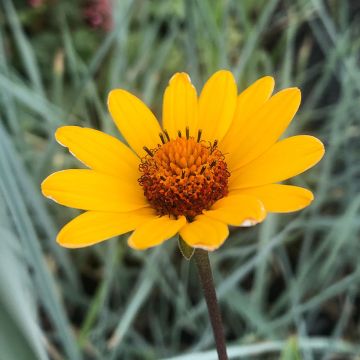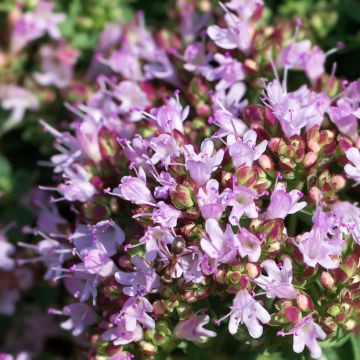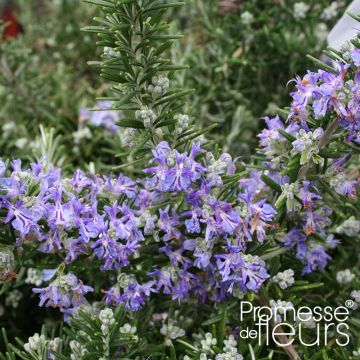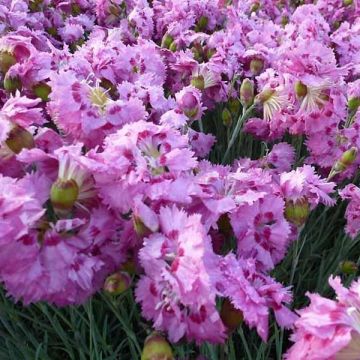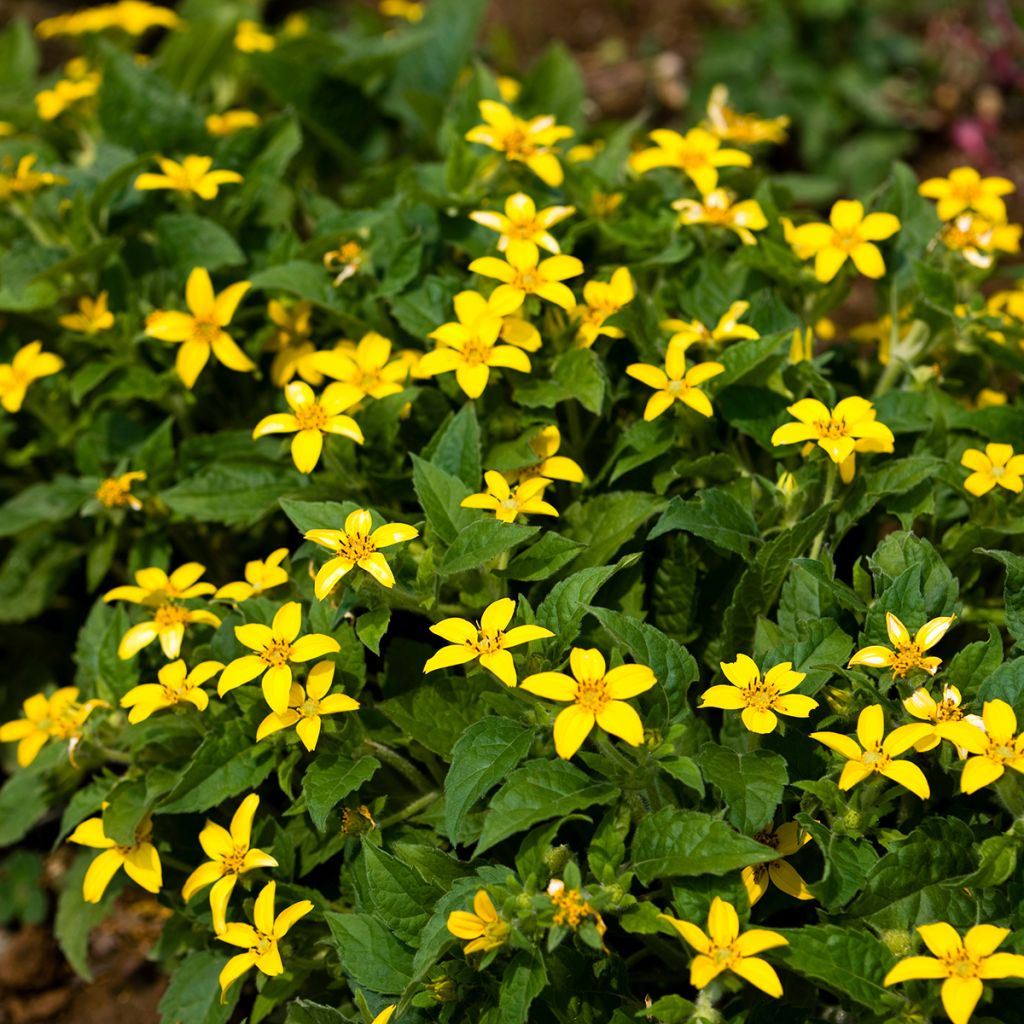

Chrysogonum virginianum
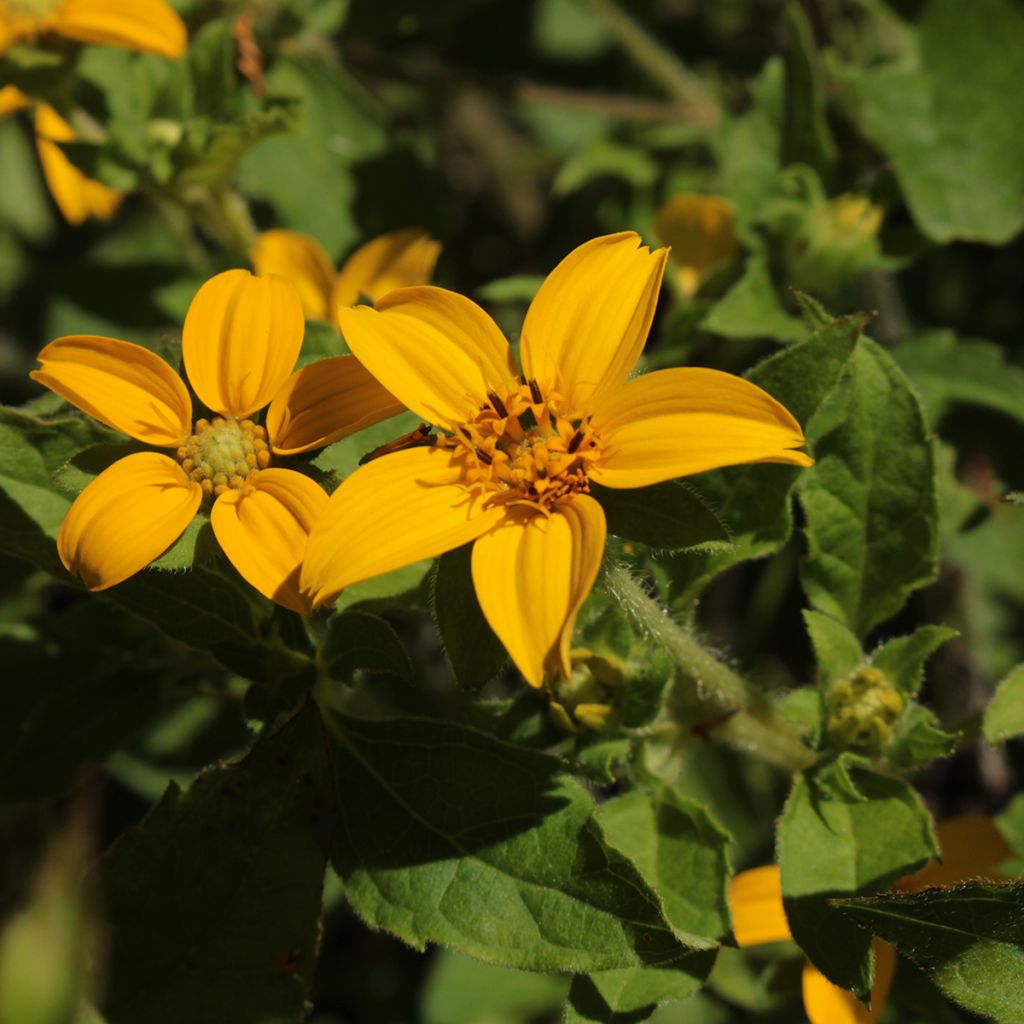

Chrysogonum virginianum
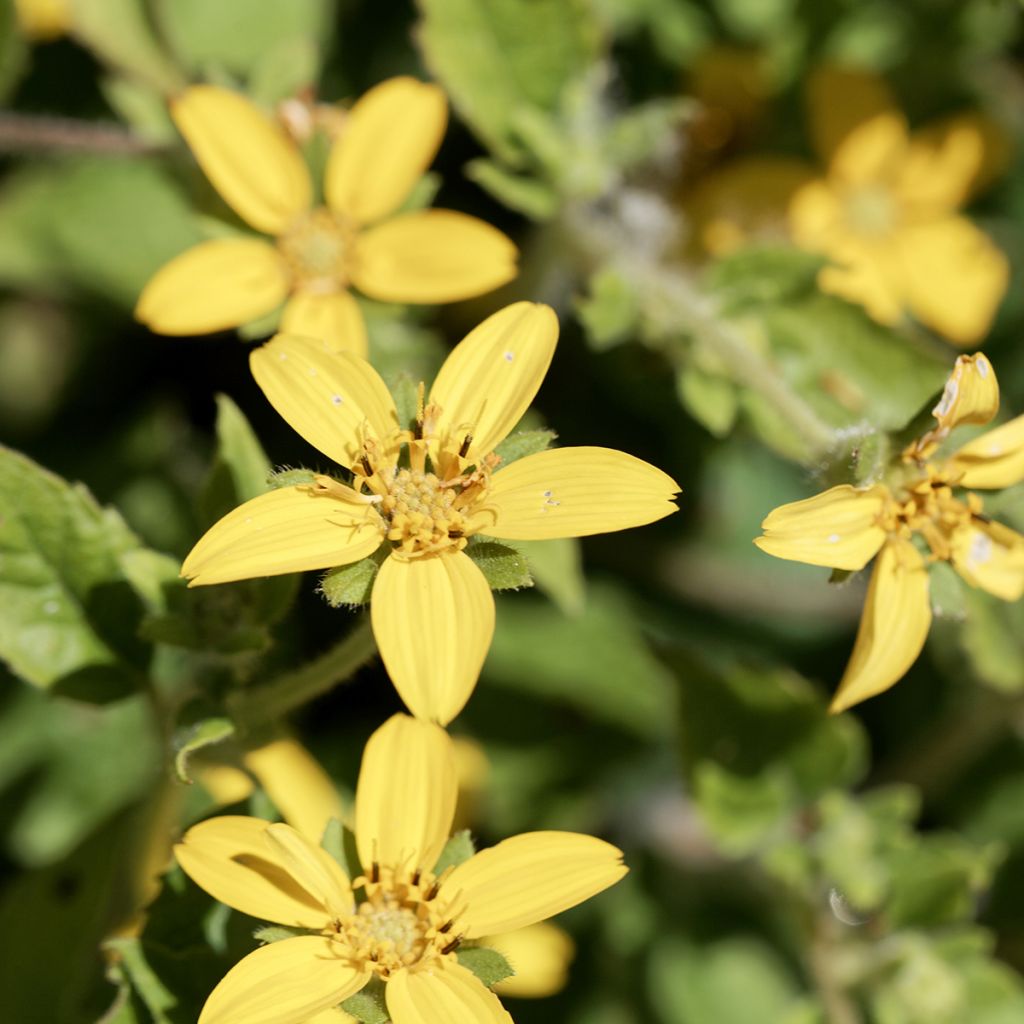

Chrysogonum virginianum
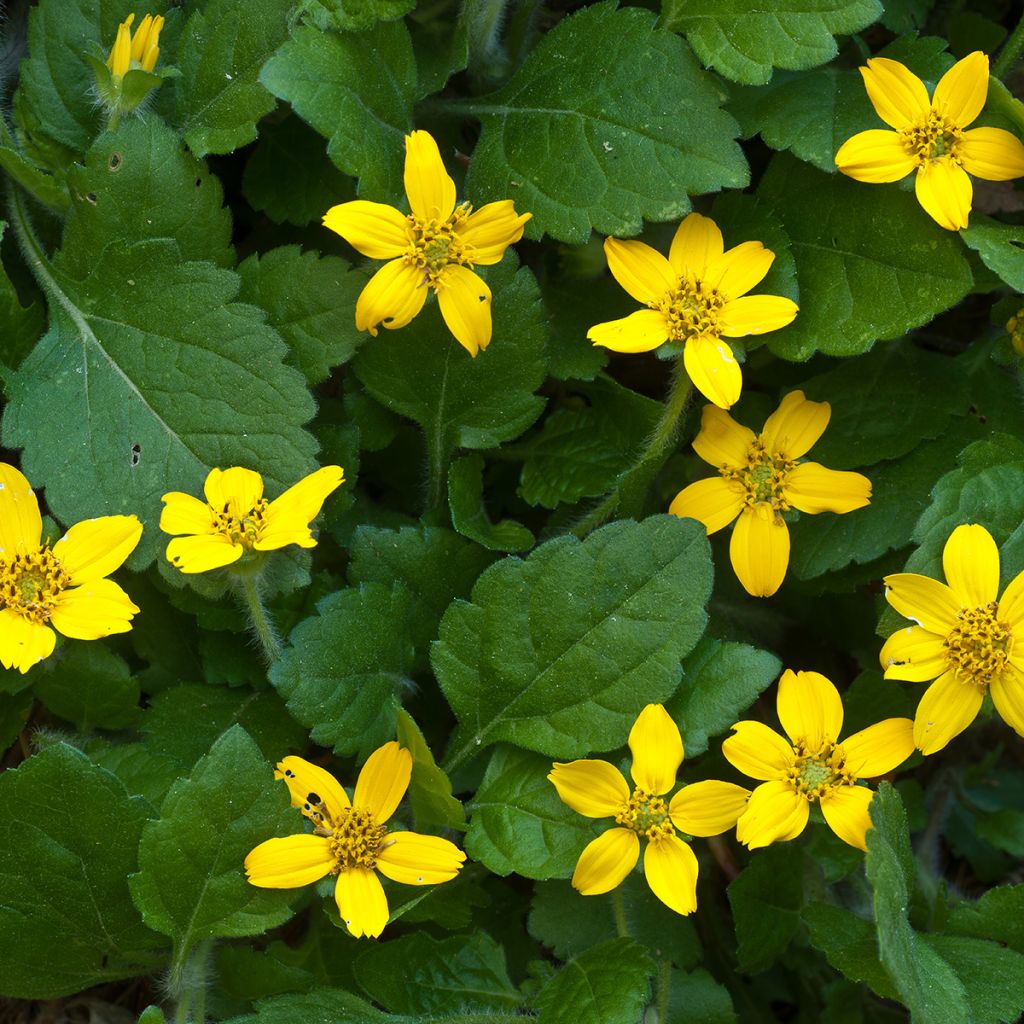

Chrysogonum virginianum
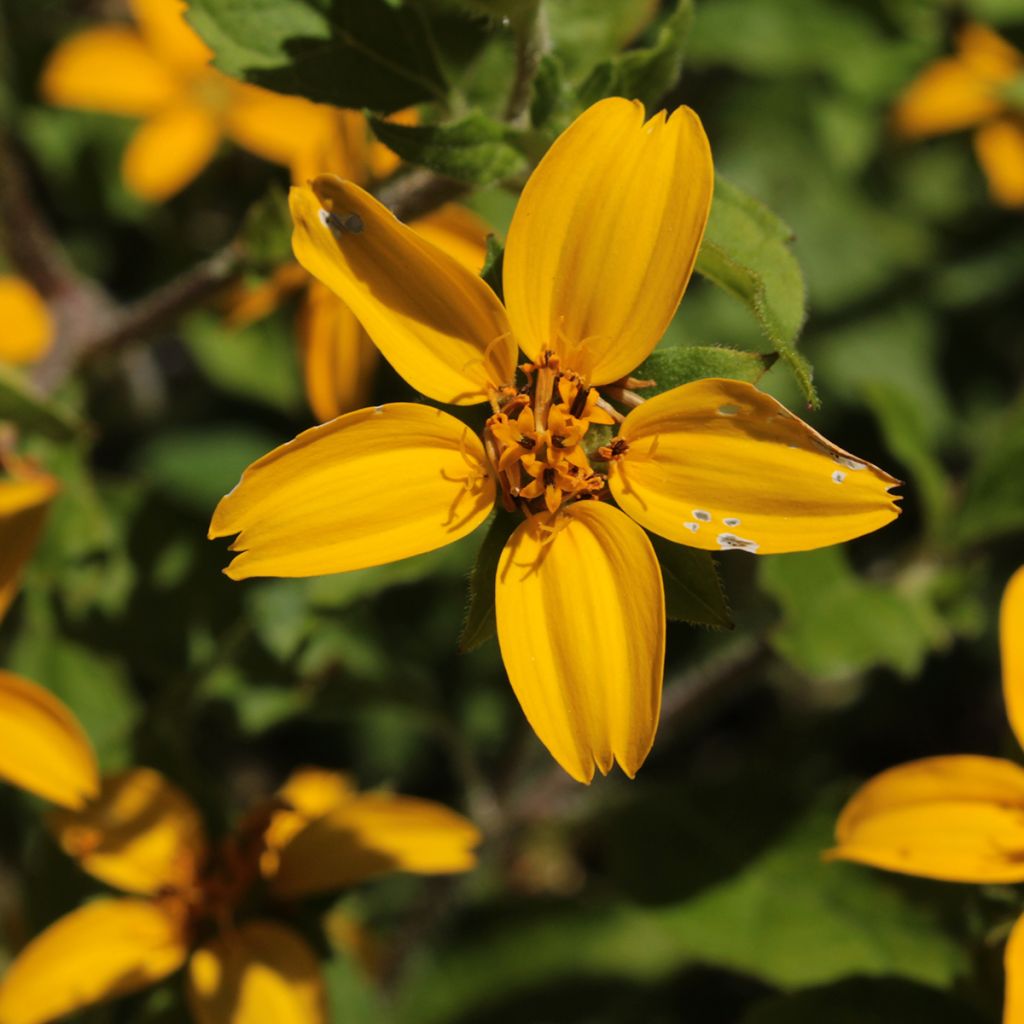

Chrysogonum virginianum
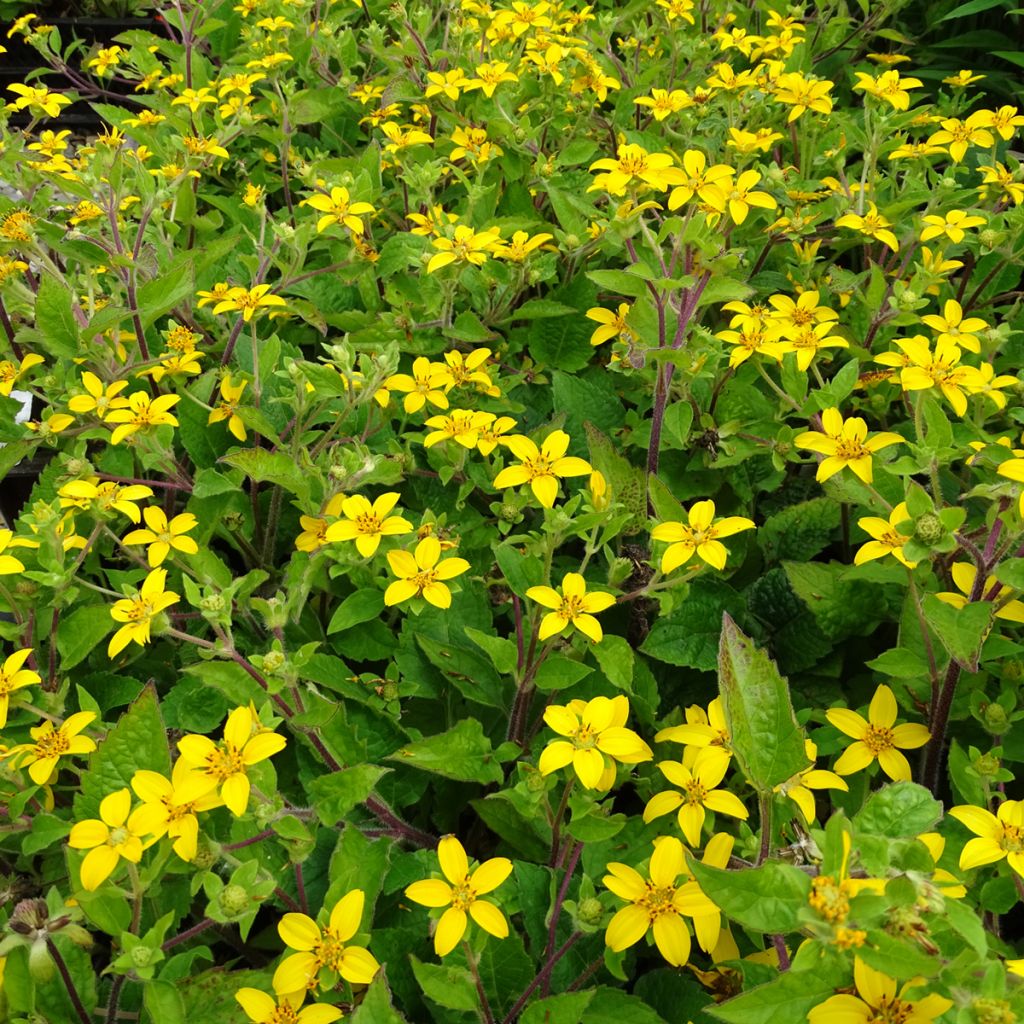

Chrysogonum virginianum
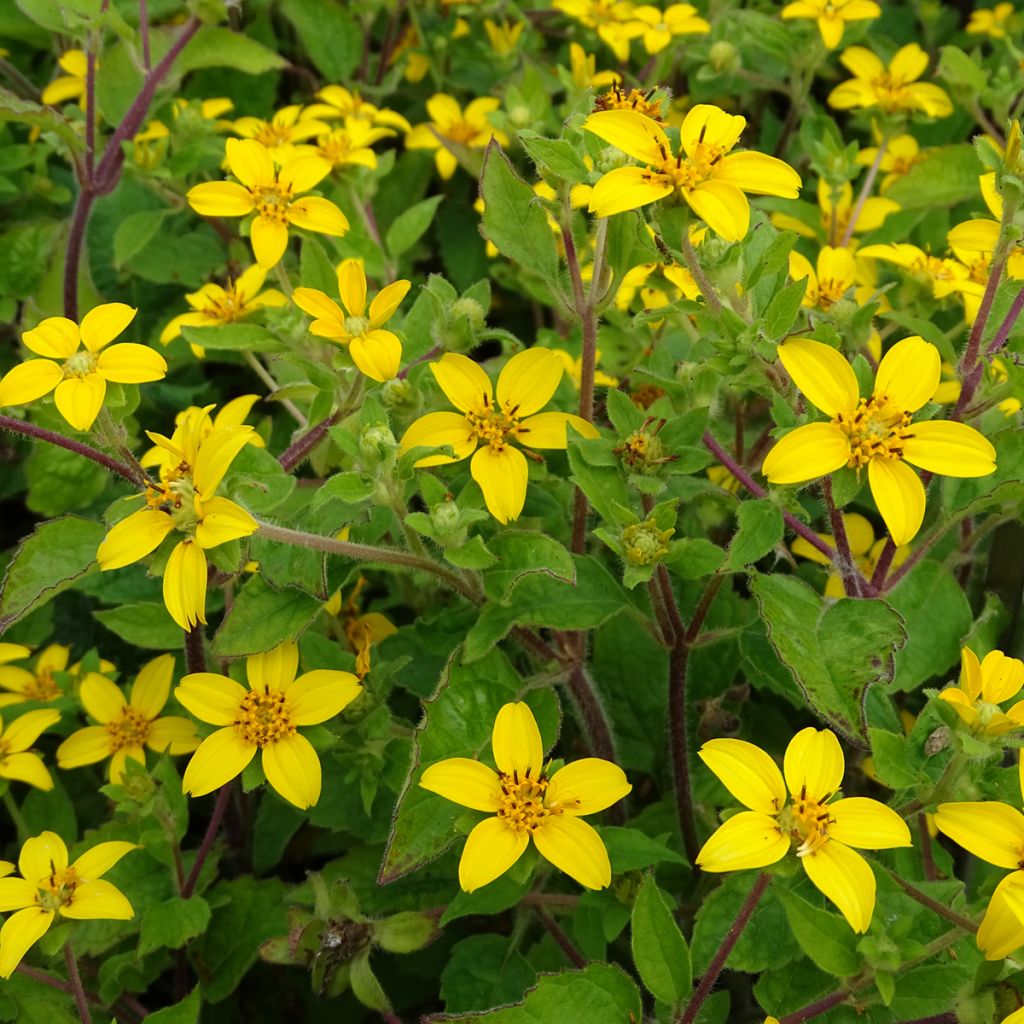

Chrysogonum virginianum
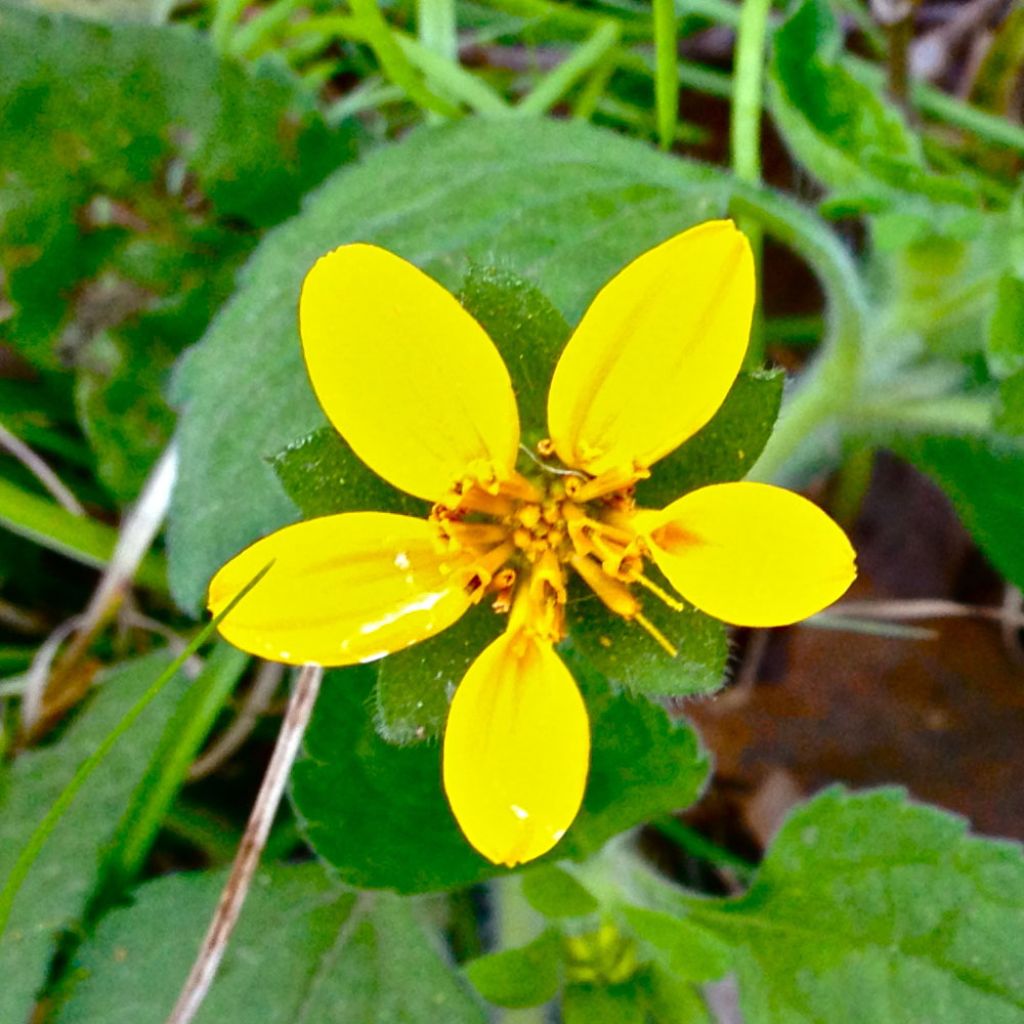

Chrysogonum virginianum
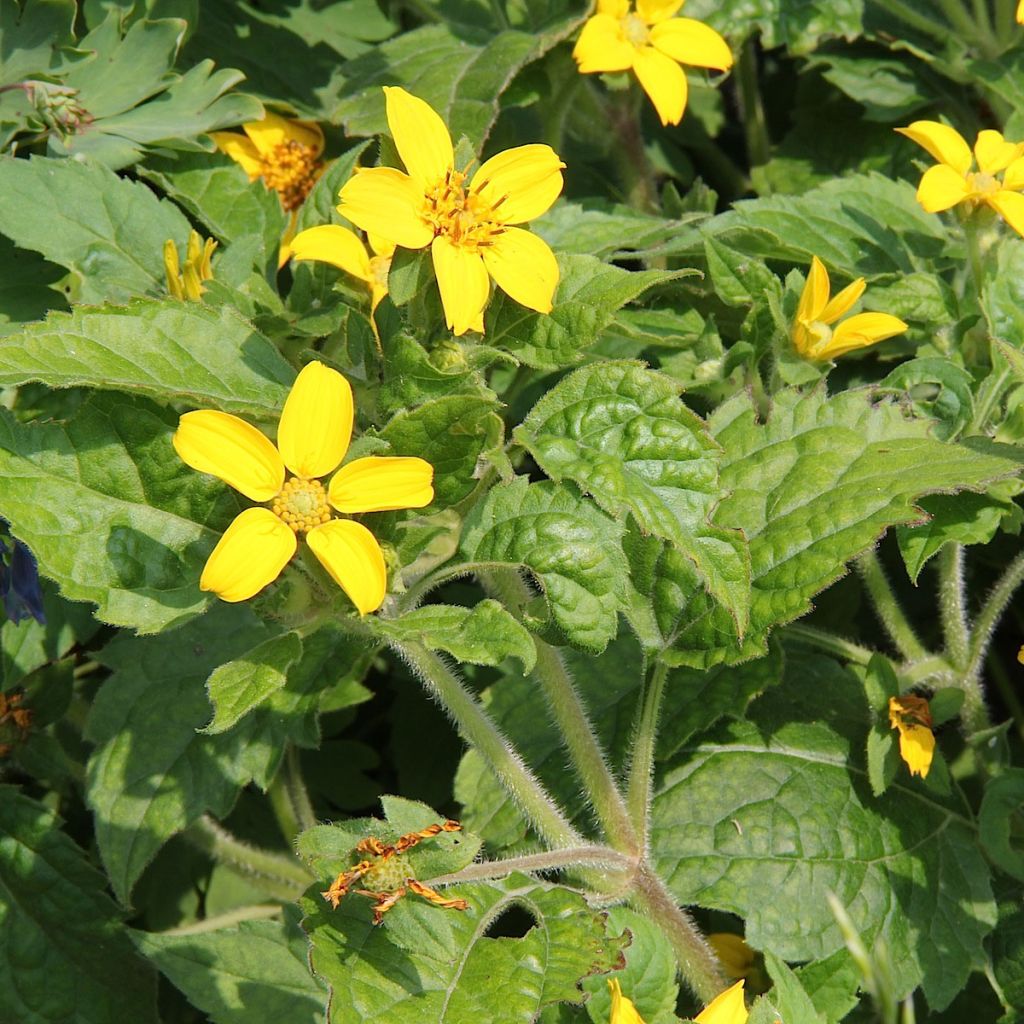

Chrysogonum virginianum
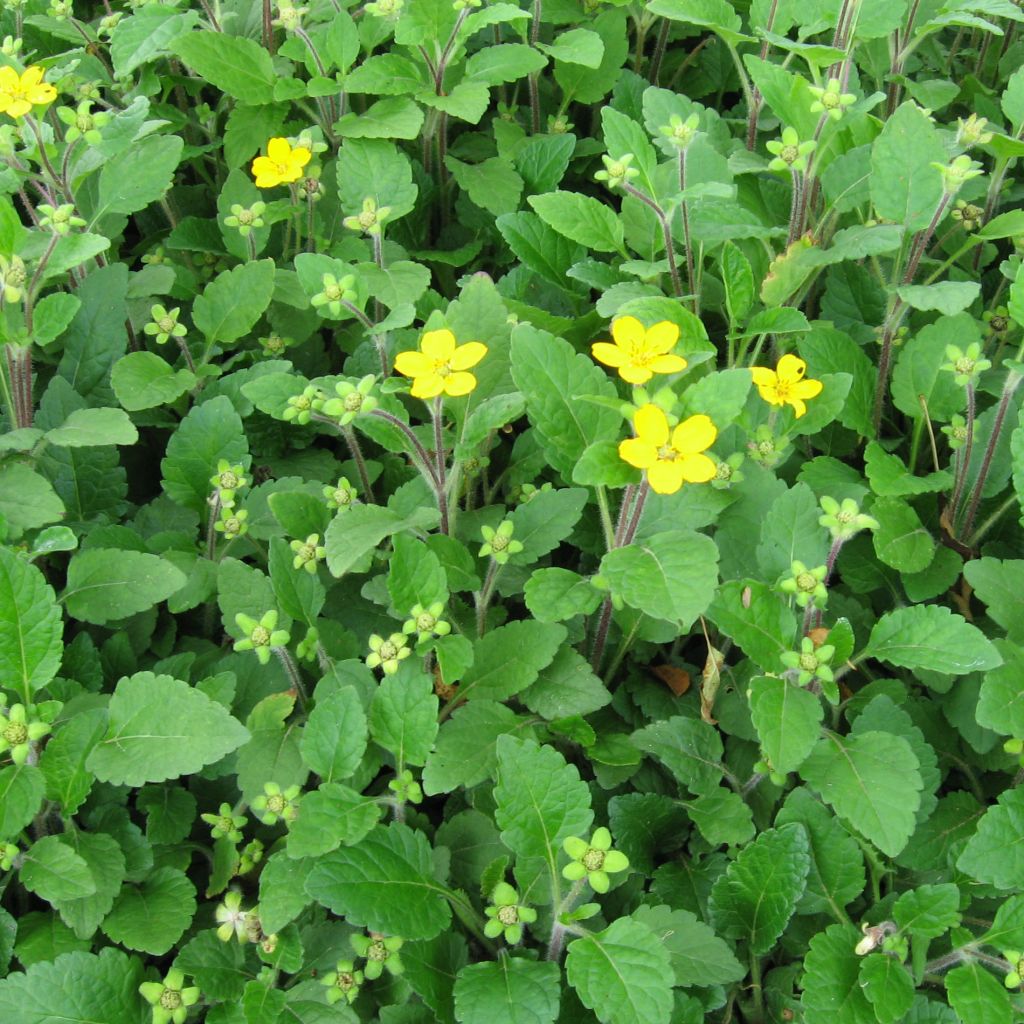

Chrysogonum virginianum
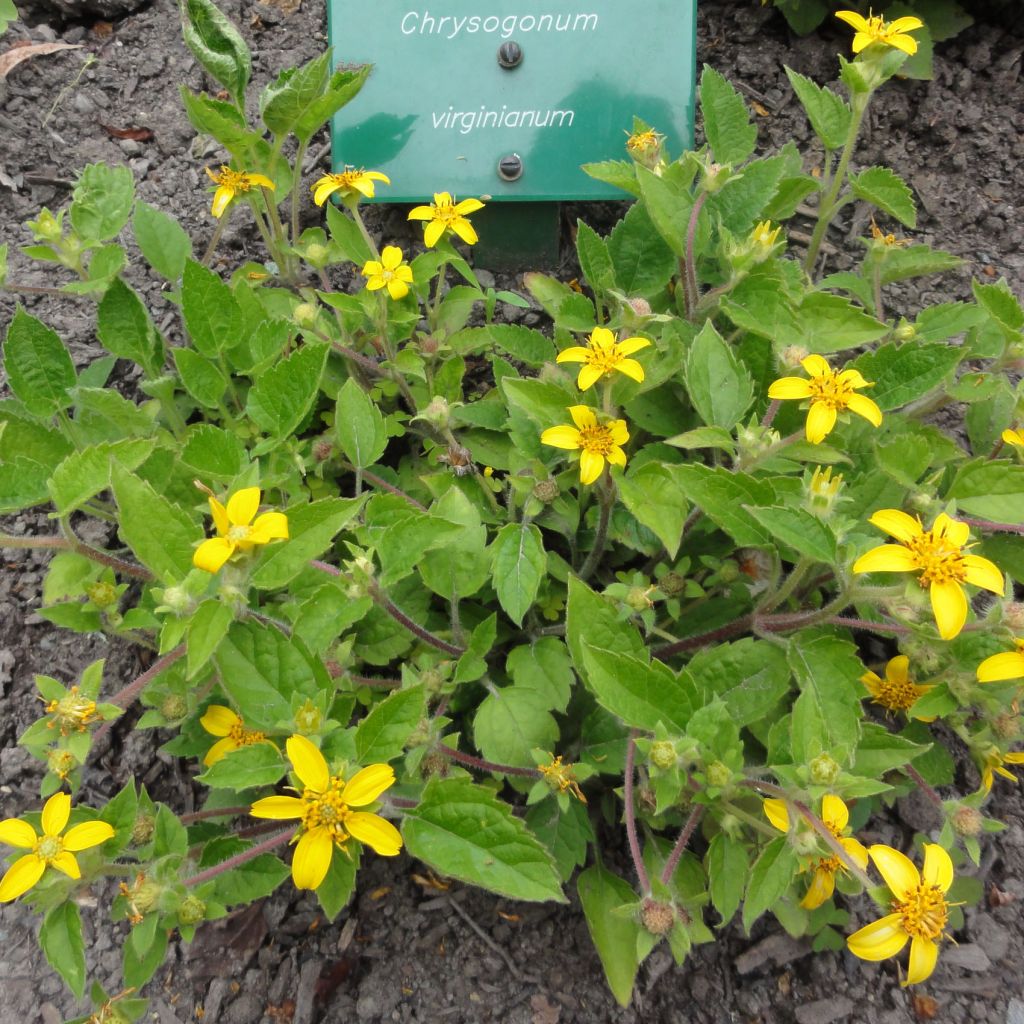

Chrysogonum virginianum
Chrysogonum virginianum
Chrysogonum virginianum
Green-and-gold, Golden Knee, Goldenstar
The plants arrived in excellent health, well supplied, they will enrich a bank where there are already some. I really like these small flowers with a bright yellow!
Sonia, 11/10/2024
This item cannot be shipped to the selected country
Delivery charge from €5.90
More information
Schedule delivery date,
and select date in basket
This plant carries a 12 months recovery warranty
More information
We guarantee the quality of our plants for a full growing cycle, and will replace at our expense any plant that fails to recover under normal climatic and planting conditions.
From €5.90 for pickup delivery and €6.90 for home delivery
Express home delivery from €8.90.
Does this plant fit my garden?
Set up your Plantfit profile →
Description
Chrysogonum virginianum, also known as Golden Knee, is a perennial ground cover that slowly spreads through underground stems. It is covered from late spring to autumn, without interruption, with heads resembling golden yellow zinnia flowers. Easy to grow in moist soil, in the sun or light shade.
Chrysogonum virginianum belongs to the Asteraceae family, it is part of the sunflower tribe, which its spreading character does not reveal. This herbaceous plant is native to the Eastern United States, specifically wooded areas of Pennsylvania, Florida, and Louisiana. It forms a 30 cm (12in) tall ground cover, spreading at least 50 cm (20in), with slow growth. The flowering period is particularly long, continuous from May to November. The daisy-like heads with 5 wide ray florets measure 2 to 4 cm (1 to 2in) in diameter. The name of this plant, 'Golden Knee' refers to the nodes on the stem that resemble a joint. The plant spreads through long rhizomes that produce short, upright stems with opposite, cordate leaves resembling lemongrass. The bright green foliage is deciduous.
Chrysogonum virginianum will find a place in moist, shaded rockeries, along pathways, to dress the base of roses or the front of perennial borders. It can be paired with tradescantia cerinthoïdes, Geranium 'Ann Thompson' or Geranium 'Dilys' . This perennial will also thrive at the edge of water features, in moist soil and a sunny exposure.
Report an error about the product description
Chrysogonum virginianum in pictures
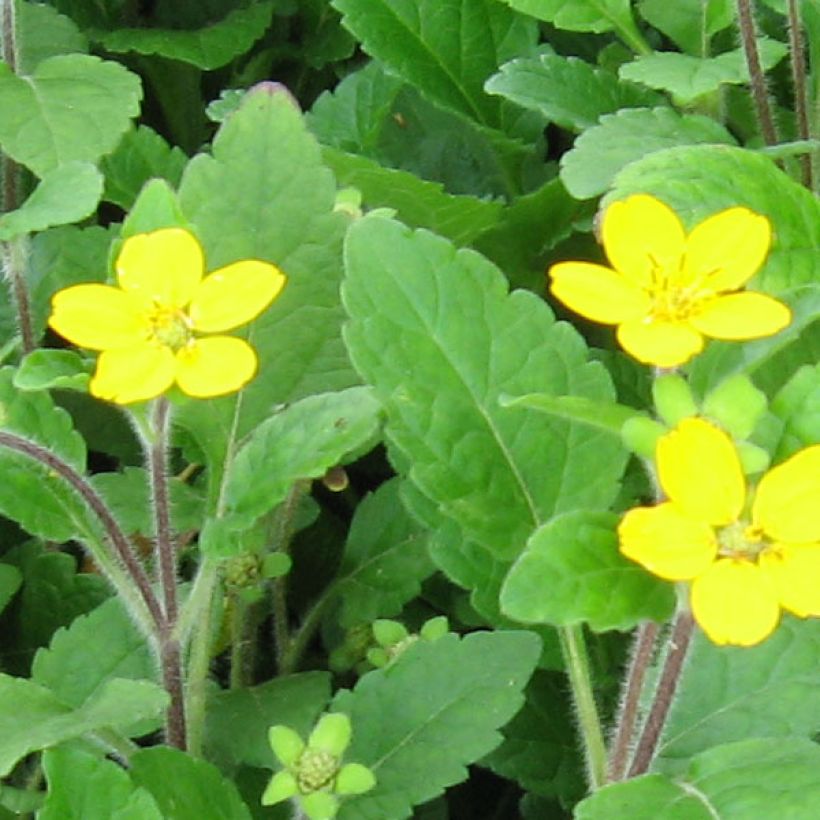

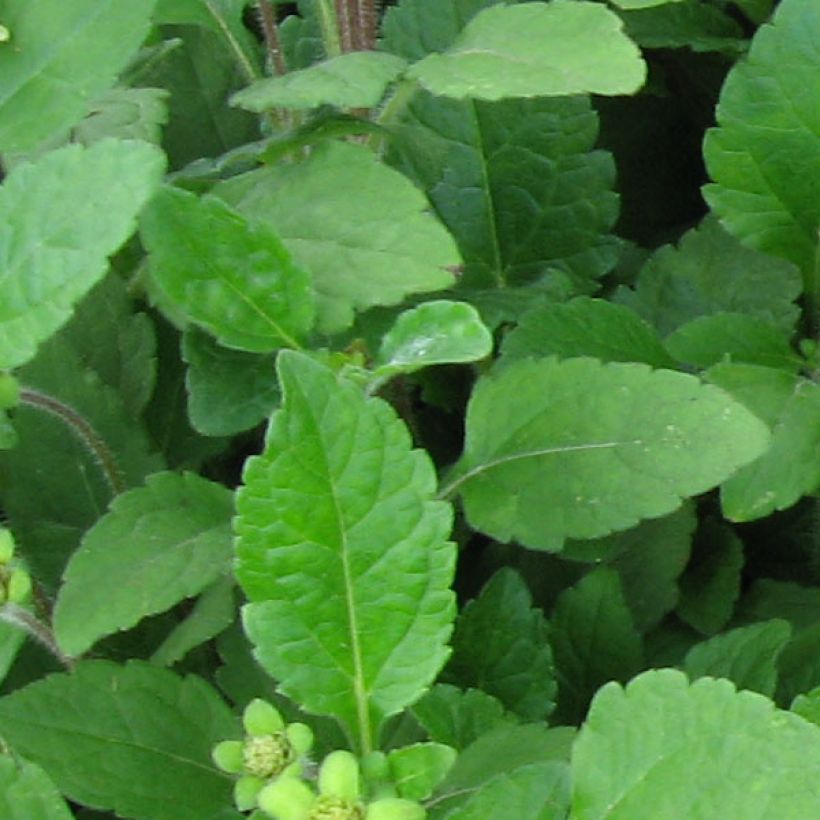

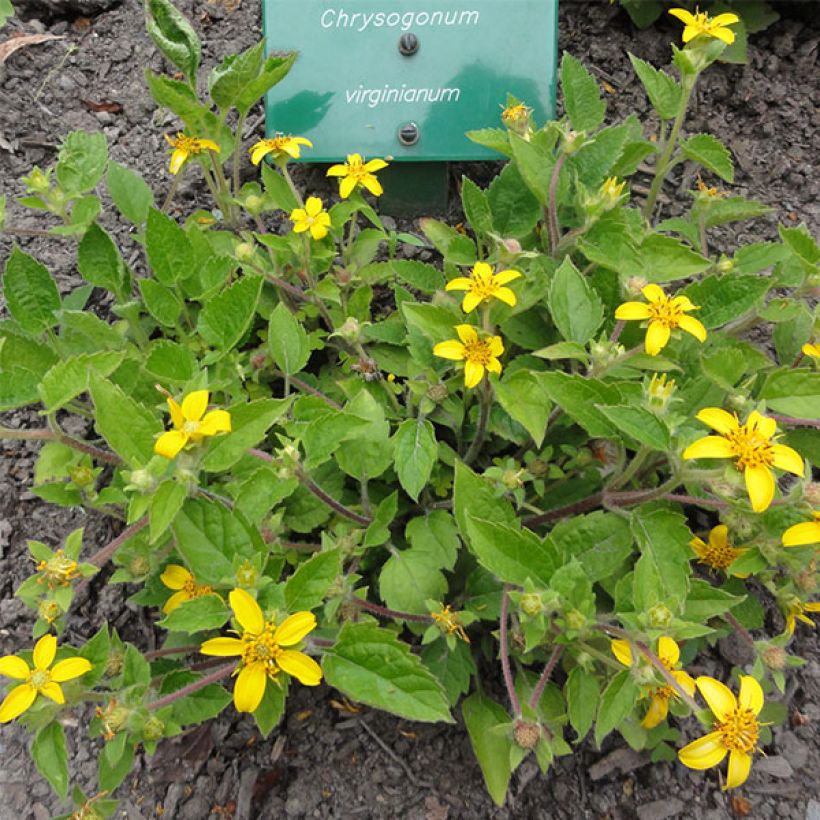

Flowering
Foliage
Plant habit
Botanical data
Chrysogonum
virginianum
Asteraceae
Green-and-gold, Golden Knee, Goldenstar
North America
Other Perennials A to Z
Planting and care
Chrysogonum virginianum likes light, well-drained, humus-bearing soils, even peaty ones, retaining moisture. Give it a location in non-burning sunlight (only half a day) if moisture is constant, or in light shade, it even tolerates denser shade. This plant does not like competition from the roots of trees and bushes. It is very hardy in all climates. Flowering can occur in the first year, even if planted in spring. Remove stems carrying faded flowers to improve the appearance of the plant. This plant easily self-seeds and can naturalize in the garden. It is not invasive, its development can be easily controlled.
Planting period
Intended location
Care
-
, onOrder confirmed
Reply from on Promesse de fleurs
Summer flowering perennials
Haven't found what you were looking for?
Hardiness is the lowest winter temperature a plant can endure without suffering serious damage or even dying. However, hardiness is affected by location (a sheltered area, such as a patio), protection (winter cover) and soil type (hardiness is improved by well-drained soil).

Photo Sharing Terms & Conditions
In order to encourage gardeners to interact and share their experiences, Promesse de fleurs offers various media enabling content to be uploaded onto its Site - in particular via the ‘Photo sharing’ module.
The User agrees to refrain from:
- Posting any content that is illegal, prejudicial, insulting, racist, inciteful to hatred, revisionist, contrary to public decency, that infringes on privacy or on the privacy rights of third parties, in particular the publicity rights of persons and goods, intellectual property rights, or the right to privacy.
- Submitting content on behalf of a third party;
- Impersonate the identity of a third party and/or publish any personal information about a third party;
In general, the User undertakes to refrain from any unethical behaviour.
All Content (in particular text, comments, files, images, photos, videos, creative works, etc.), which may be subject to property or intellectual property rights, image or other private rights, shall remain the property of the User, subject to the limited rights granted by the terms of the licence granted by Promesse de fleurs as stated below. Users are at liberty to publish or not to publish such Content on the Site, notably via the ‘Photo Sharing’ facility, and accept that this Content shall be made public and freely accessible, notably on the Internet.
Users further acknowledge, undertake to have ,and guarantee that they hold all necessary rights and permissions to publish such material on the Site, in particular with regard to the legislation in force pertaining to any privacy, property, intellectual property, image, or contractual rights, or rights of any other nature. By publishing such Content on the Site, Users acknowledge accepting full liability as publishers of the Content within the meaning of the law, and grant Promesse de fleurs, free of charge, an inclusive, worldwide licence for the said Content for the entire duration of its publication, including all reproduction, representation, up/downloading, displaying, performing, transmission, and storage rights.
Users also grant permission for their name to be linked to the Content and accept that this link may not always be made available.
By engaging in posting material, Users consent to their Content becoming automatically accessible on the Internet, in particular on other sites and/or blogs and/or web pages of the Promesse de fleurs site, including in particular social pages and the Promesse de fleurs catalogue.
Users may secure the removal of entrusted content free of charge by issuing a simple request via our contact form.
The flowering period indicated on our website applies to countries and regions located in USDA zone 8 (France, the United Kingdom, Ireland, the Netherlands, etc.)
It will vary according to where you live:
- In zones 9 to 10 (Italy, Spain, Greece, etc.), flowering will occur about 2 to 4 weeks earlier.
- In zones 6 to 7 (Germany, Poland, Slovenia, and lower mountainous regions), flowering will be delayed by 2 to 3 weeks.
- In zone 5 (Central Europe, Scandinavia), blooming will be delayed by 3 to 5 weeks.
In temperate climates, pruning of spring-flowering shrubs (forsythia, spireas, etc.) should be done just after flowering.
Pruning of summer-flowering shrubs (Indian Lilac, Perovskia, etc.) can be done in winter or spring.
In cold regions as well as with frost-sensitive plants, avoid pruning too early when severe frosts may still occur.
The planting period indicated on our website applies to countries and regions located in USDA zone 8 (France, United Kingdom, Ireland, Netherlands).
It will vary according to where you live:
- In Mediterranean zones (Marseille, Madrid, Milan, etc.), autumn and winter are the best planting periods.
- In continental zones (Strasbourg, Munich, Vienna, etc.), delay planting by 2 to 3 weeks in spring and bring it forward by 2 to 4 weeks in autumn.
- In mountainous regions (the Alps, Pyrenees, Carpathians, etc.), it is best to plant in late spring (May-June) or late summer (August-September).
The harvesting period indicated on our website applies to countries and regions in USDA zone 8 (France, England, Ireland, the Netherlands).
In colder areas (Scandinavia, Poland, Austria...) fruit and vegetable harvests are likely to be delayed by 3-4 weeks.
In warmer areas (Italy, Spain, Greece, etc.), harvesting will probably take place earlier, depending on weather conditions.
The sowing periods indicated on our website apply to countries and regions within USDA Zone 8 (France, UK, Ireland, Netherlands).
In colder areas (Scandinavia, Poland, Austria...), delay any outdoor sowing by 3-4 weeks, or sow under glass.
In warmer climes (Italy, Spain, Greece, etc.), bring outdoor sowing forward by a few weeks.



































